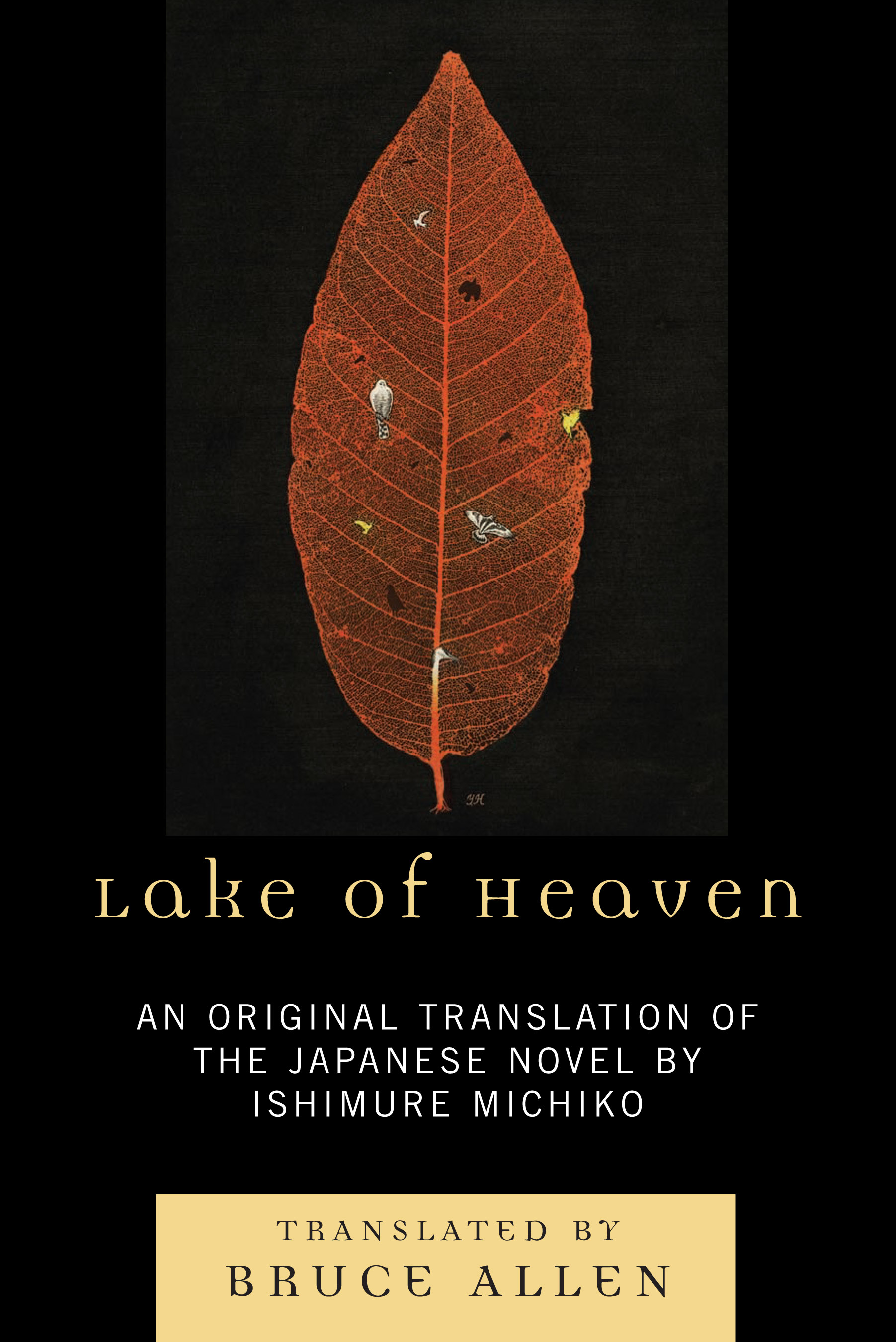The Submerged Past of ‘Lake of Heaven’
In this novel, Michiko Ishimure addresses how traditions can be preserved after seeing her village covered by water.

© Rowman Editions
When your village and house are swept away by water following the construction of a hydroelectric dam, how do you perpetuate the sense of community and the connections made and preserve the traditional culture, songs, dance, music, and mythology? This is the question that runs through Lake of Heaven, a novel by Michiko Ishimure.
The Japanese writer and activist was born in 1927 on the island of Amakusa, off the coast of Kumamoto Prefecture in the south-west of Kyushu island. She worked as a teacher and one day discovered the mercury poisoning that had affected and killed 10,000 people in Minamata Bay in her native region from 1956 to 1968. Thus, she began compiling testimonies and managed to attract media attention to this illness known as ‘Minamata disease’ through her writing and particularly Paradise in the Sea of Sorrow. She also wrote another book on the subject, Story of the Sea of Camellias.
The environment at the heart of her work
The majority of Michiko Ishimure’s works shine a spotlight on environmental issues, and Lake of Heaven is no exception. In this novel that brings together tales, dreams, and myths, she draws inspiration from a real event whereby the construction of a dam destroyed a village, Mizukami-mura, also in Kumamoto Prefecture. This dam was built in 1960 to combat flooding and produce electricity and required the residents to be moved a few kilometres away. Lake of Heaven tells of what happened after, with the land, roots, and homes being torn away. However, it also addresses the notion of immateriality: knowledge, customs, and traditions have a greater need for humans in order to last than they do a material framework, even though covering a village with water eradicates far more than just traditional wooden houses.
Lake of Heaven (2008), a novel by Michiko Ishimure, is published by Lexington Books.
TRENDING
-
The Tattoos that Marked the Criminals of the Edo Period
Traditional tattoos were strong signifiers; murderers had head tattoos, while theft might result in an arm tattoo.

-
Chiharu Shiota, Red Threads of the Soul
Last year, more than 660,000 people visited the retrospective 'Chiharu Shiota: The Soul Trembles' exhibit at the Mori Art Museum.

-
‘Before Doubting Others, Doubt Yourself. Who Can Truly Say a Dish Isn’t What It Used to Be?’
In ‘A Non-Conformist’s Guide to Surviving Society’, author Satoshi Ogawa shares his strategies for navigating everyday life.

-
The Story of Sada Yacco, the Geisha who Bewitched Europe
Described by Dazed magazine as the first beauty influencer, she has been restored to her former glory since 2019.

-
Ito Jakuchu's Naturalist Paintings
From 15 September until 14 October 2018, the Petit Palais showcased the artist's iconic ‘Images of the Colourful Realm of Living Beings’.





